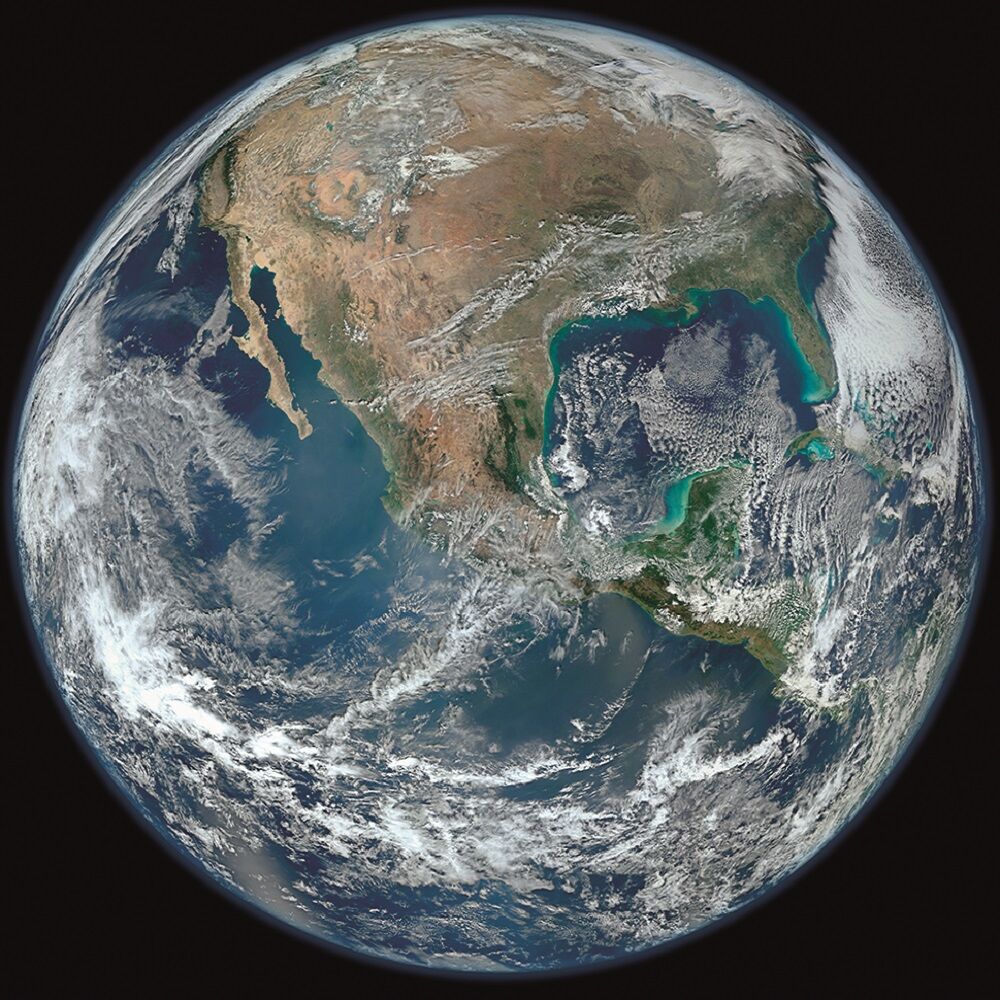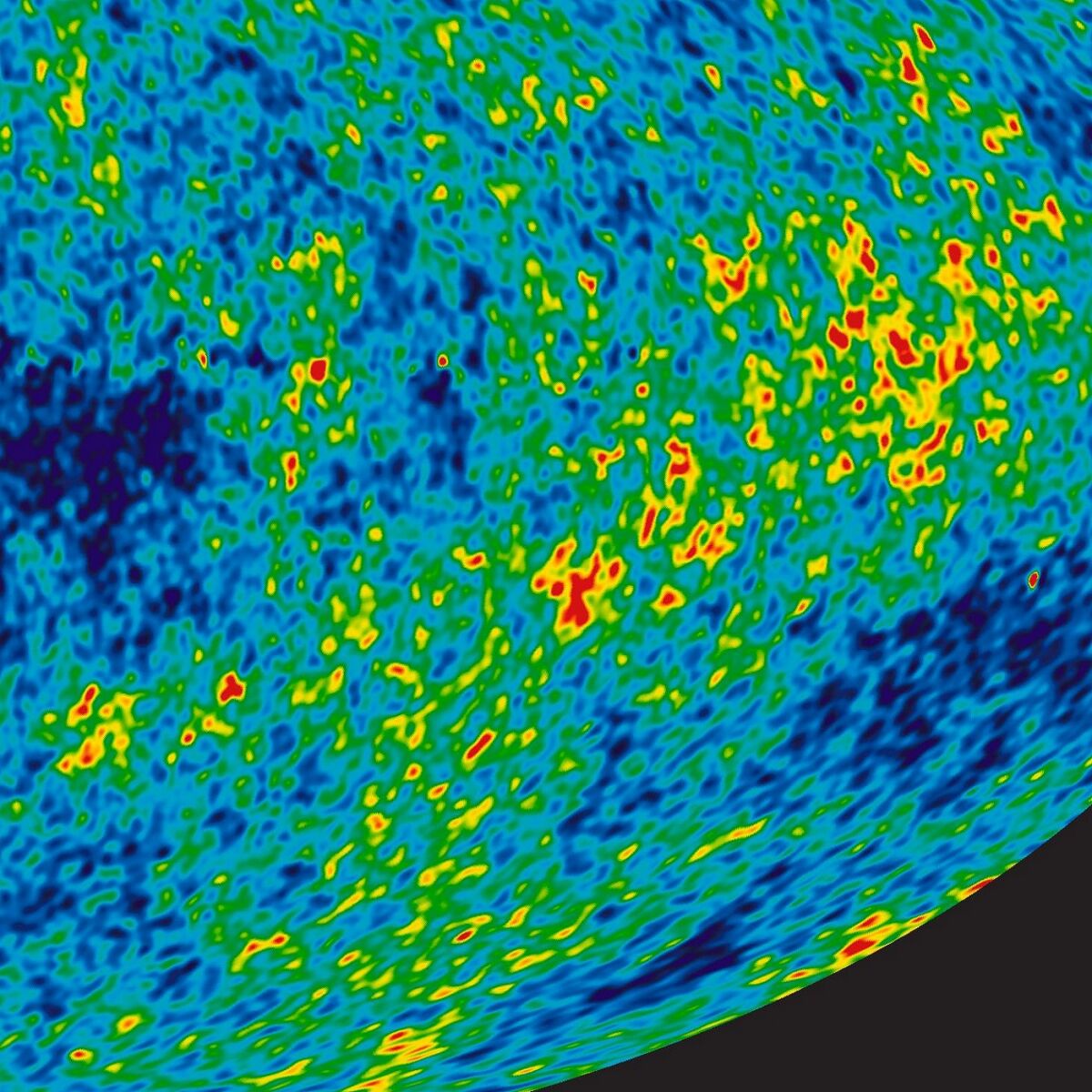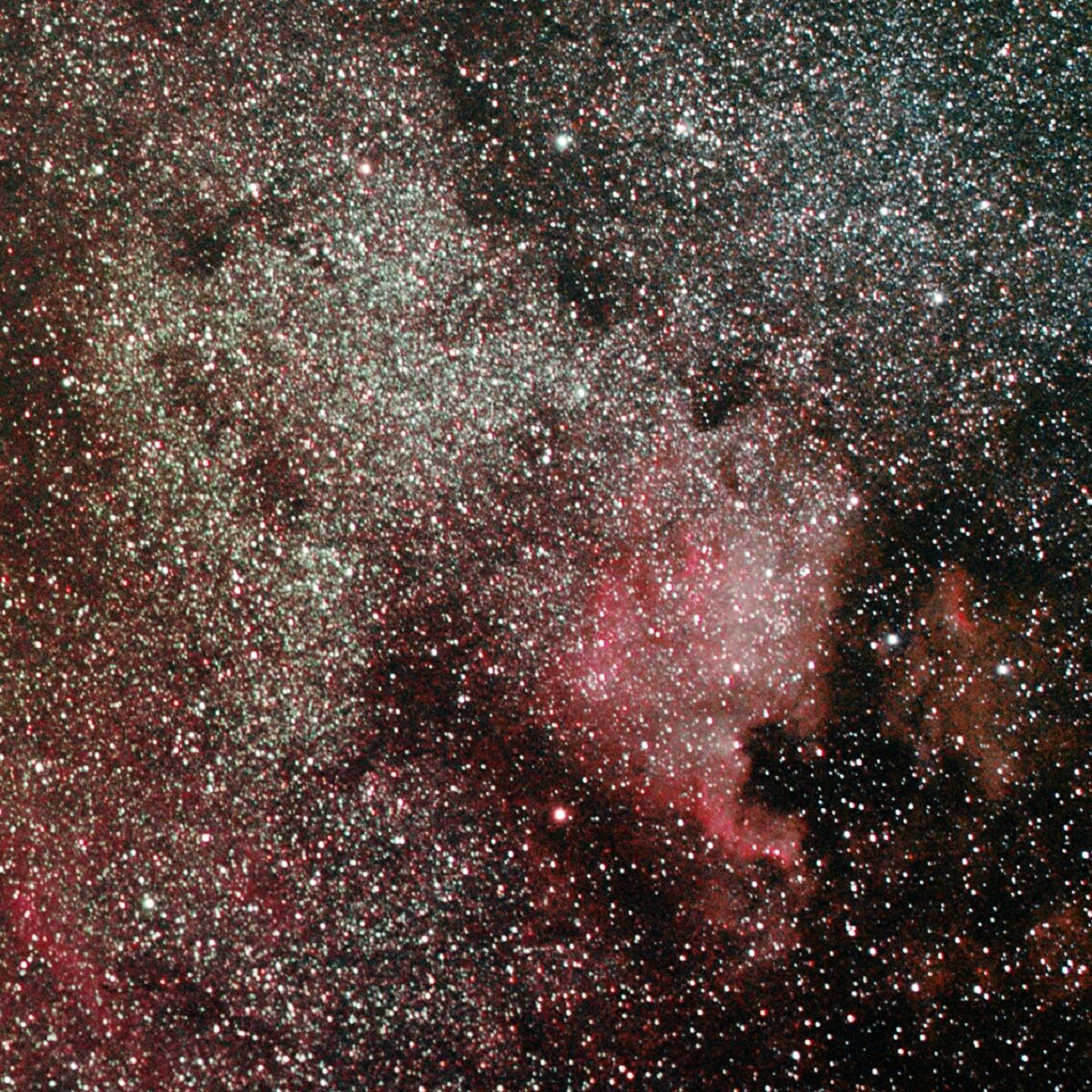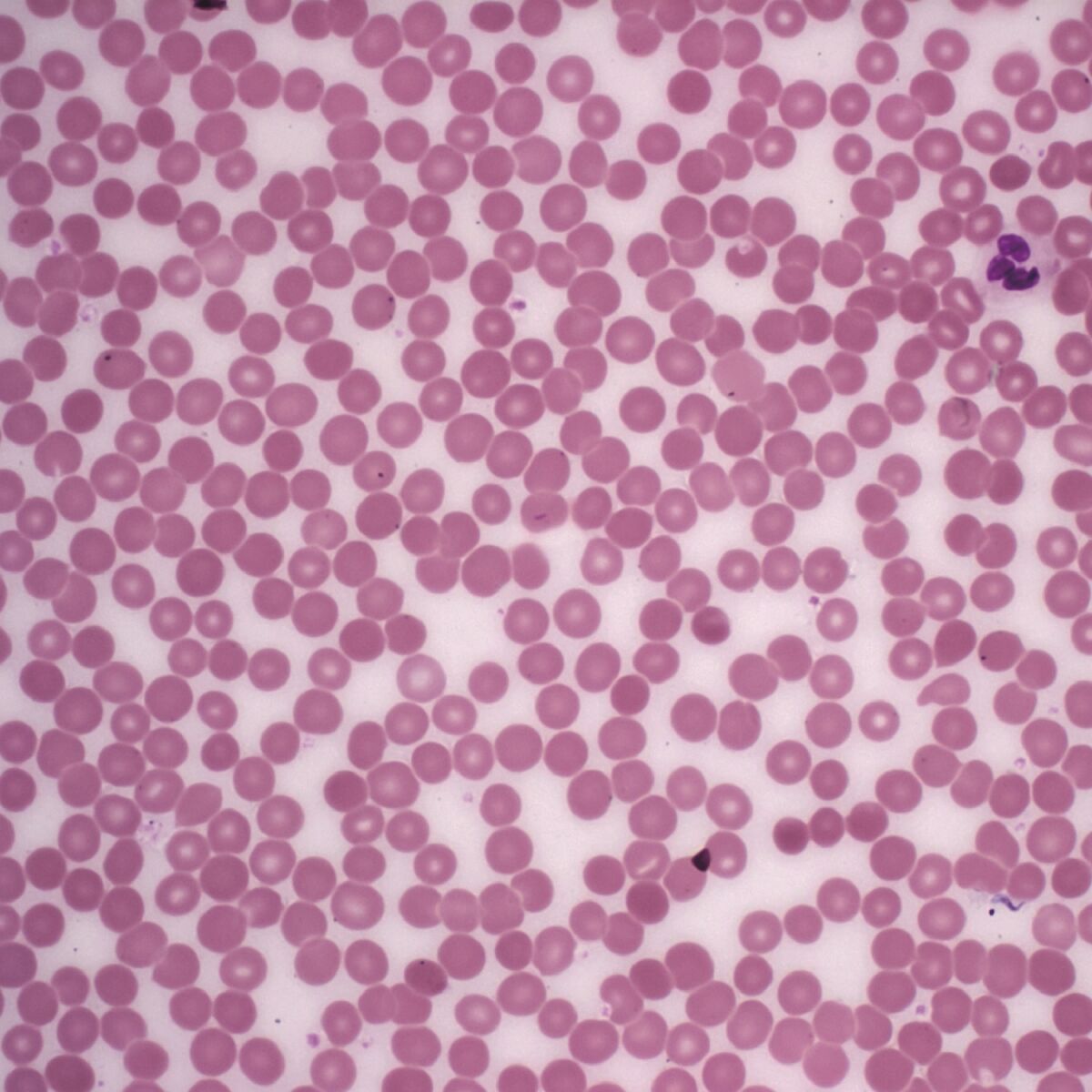The Bible Scoops the Scientists
Man made from dust

Scientists believe that the human body is made up of 25 elements, each essential for human life. Each one of these is found in the Earth’s crust. The Bible indicated this roughly 3,400 years prior to 1982, which is when researchers at NASA’s Ames Research Center confirmed that every element in man is found in the soil, prompting one scientist to famously remark: “[T]he biblical scenario for the creation of life turns out to be not far off the mark.”
Earth is suspended in space

Most ancient cultures believed the Earth was supported by giant animals, men or pillars. Greece’s Anaximander (611-547 b.c.e.) was one of the first known intellectuals to posit the idea that it is suspended in space. Later in the sixth century b.c.e., Pythagoras conducted astronomical studies which he said proved Anaximander’s theory. This came 1,000 years after Job had spoken of it as a fact. The explanation of how the Earth “floats” in space didn’t come about until the late 1600s when Isaac Newton posed the theory of gravity.
Quarantine and sanitation

Throughout history, even advanced cultures understood nothing about bacteria. The Black Death of the 1300s killed 50 million in Europe alone—over half the population. During this plague, Jews (who obeyed biblical instructions on quarantine and hygiene) experienced far lower infection rates. Only in the 1800s did advances in bacterial study give researcher’s understanding of the importance of quarantine, sanitation and hygiene. This was 3,200 years and millions of lives after these principles were outlined in Moses’s writings.
The water cycle

Ancient intellectuals believed all water originated below the Earth’s surface. Around 800 b.c.e., Homer said a huge cavern inside Earth supplied all river water. By the fourth century b.c.e., Greek philosophers hypothesized that the hydrologic process was cyclical, and that Homer’s theory had not been correct. Yet it wasn’t until 1580 that a full scientific explanation of the cycle was delivered by Bernard Palissy—about 2,500 years after King Solomon had described it in detail.
Expanding Universe

In the fourth century b.c.e., Aristotle said the universe was finite in size and had remained unchanged throughout eternity. This theory prevailed until 1576, when English astronomer Thomas Digges posited the idea that the stars extend to infinity. This theory was solidified in the 17th century by René Descartes and Isaac Newton. In 1929, by measuring the redshifts of a number of distant galaxies, Edwin Hubble conclusively proved that the universe is indeed expanding. Without the benefit of telescopes, Isaiah, Job and Zechariah had recorded the same fact centuries earlier.
There are COUNTLESS Stars

Before the 1608 invention of the telescope, scientists such as Ptolemy (c.e. 150) taught that the stars in the heavens numbered 3,000 or fewer. Today astronomers say the Milky Way galaxy alone contains 400 billion stars. They estimate that the observable universe contains more than 170 billion galaxies, many of which contain trillions of stars. The universe beyond that is unknown. As Jeremiah said 2,500 years ago: “[T]he host of heaven cannot be numbered.”
Life is in the blood

For thousands of years, people practiced bleeding as a means of treating diseases. This medical practice caused countless deaths because it failed to understand that life is in blood. When the blood is removed, the life ends. Around 1628, William Harvey accurately described the function of the heart and the circulation of blood around the body. It wasn’t until 1840 that the oxygen-carrying protein hemoglobin was discovered in the blood. The Bible specified that the life is in the blood more than 3,000 years beforehand.
Ocean Currents

An intricate network of currents flows through the oceans, heavily influencing Earth’s weather. The paths of these currents change little. Medieval sailors mentioned ocean currents, but understood very little about them. In 1770, Benjamin Franklin mapped out parts of the Gulf Stream, but the big picture remained obscure until Matthew Maury (1806-1873) revolutionized sea travel by charting winds and currents. His quest was to find the “paths of the seas” that King David had written of 2,800 years earlier in Psalm 8.
Washing with Running Water

In 1846 Ignaz Semmelweis realized that unwashed hands spread diseases. Before him, doctors would routinely handle dead bodies and then, without washing, treat expecting mothers. This sent women’s death rates soaring. Semmelweis convinced many doctors to wash their hands between procedures, but most only washed in a bowl of water. It wasn’t until late 1800s that Joseph Lister realized they needed to wash with running water. Moses had made this clear some 3,200 years earlier.